Rib Fabrics: An Insight into Their Characteristics and Applications
Rib fabrics, also known as rib knit or ribbed goods, are a unique type of knitted fabric characterized by their distinctive ribbed pattern. This pattern is created by alternating courses of knitted and purl stitches, resulting in a textured surface with a series of parallel ribs running along the fabric. Rib fabrics are versatile and widely used in various industries, particularly in the textile and apparel sectors.
Rib fabrics are renowned for their stretchability and elasticity. The alternating rows of knits and purls create a fabric that is capable of stretching in both directions, making it highly suitable for garments that require flexibility and movement. This stretchability is particularly beneficial for areas such as sleeves, waistbands, cuffs, and hemlines, where a snug fit is desired.
In addition to their stretchability, rib fabrics offer good recovery properties. This means that once stretched, the fabric returns to its original shape and size, maintaining its structural integrity over time. This characteristic is crucial for garments that need to retain their shape and fit after repeated wear and washing.
Rib fabrics are also known for their durability and strength. The ribbed structure provides added reinforcement, making the fabric more resistant to wear and tear. This durability is particularly advantageous in garments that are subjected to frequent stress or strain, such as activewear and sportswear.
Rib fabrics are produced using circular knitting machines or flat knitting machines. Circular knitting machines are commonly used for producing seamless tubular fabrics, such as socks and sleeves. These machines are equipped with multiple needles arranged in a circular configuration, allowing for continuous knitting in a spiral pattern.
Flat knitting machines, on the other hand, are used for producing flat rib fabrics, which can be cut and sewn into various garments. These machines have needles arranged in rows, allowing for the creation of ribbed patterns in both the warp and weft directions.
During the knitting process, yarn is fed through the needles and manipulated to create the desired ribbed pattern. The type of yarn used can vary, depending on the desired characteristics of the final fabric. Natural fibers such as cotton, wool, and linen can be used, as well as synthetic fibers like polyester and nylon. The choice of yarn affects the fabric's texture, stretchability, breathability, and durability.
Rib fabrics are widely used in the apparel industry due to their stretchability, durability, and comfort. They are commonly found in activewear, sportswear, and lingerie, where flexibility and fit are essential. Rib fabrics are ideal for creating tight-fitting garments such as leggings, yoga pants, and swimwear, as they provide support and shape retention.
In addition to apparel, rib fabrics are also used in the home textiles industry. They are often incorporated into beddings, such as fitted sheets and mattress covers, due to their ability to stretch and conform to the shape of the mattress. Rib fabrics are also used in furniture coverings, curtains, and upholstery, adding texture and durability to these items.



 English
English 한국어
한국어 中文简体
中文简体
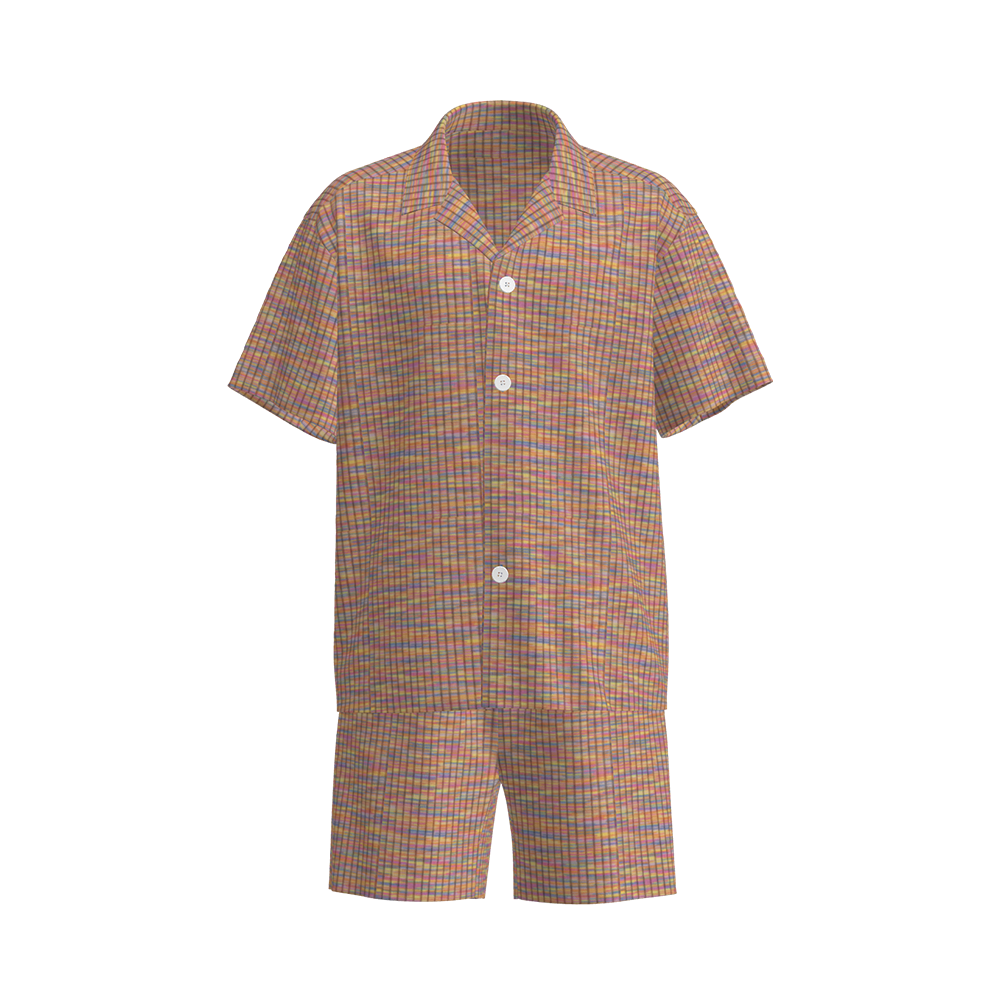
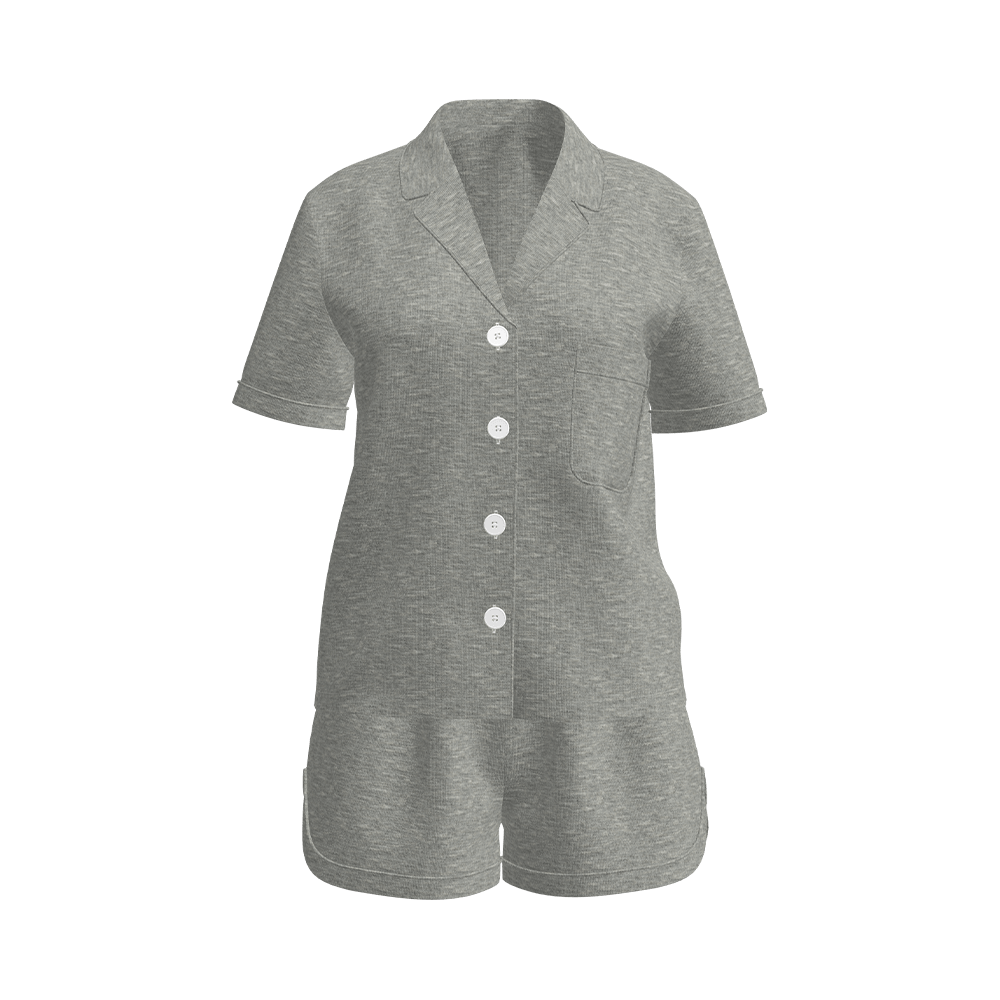

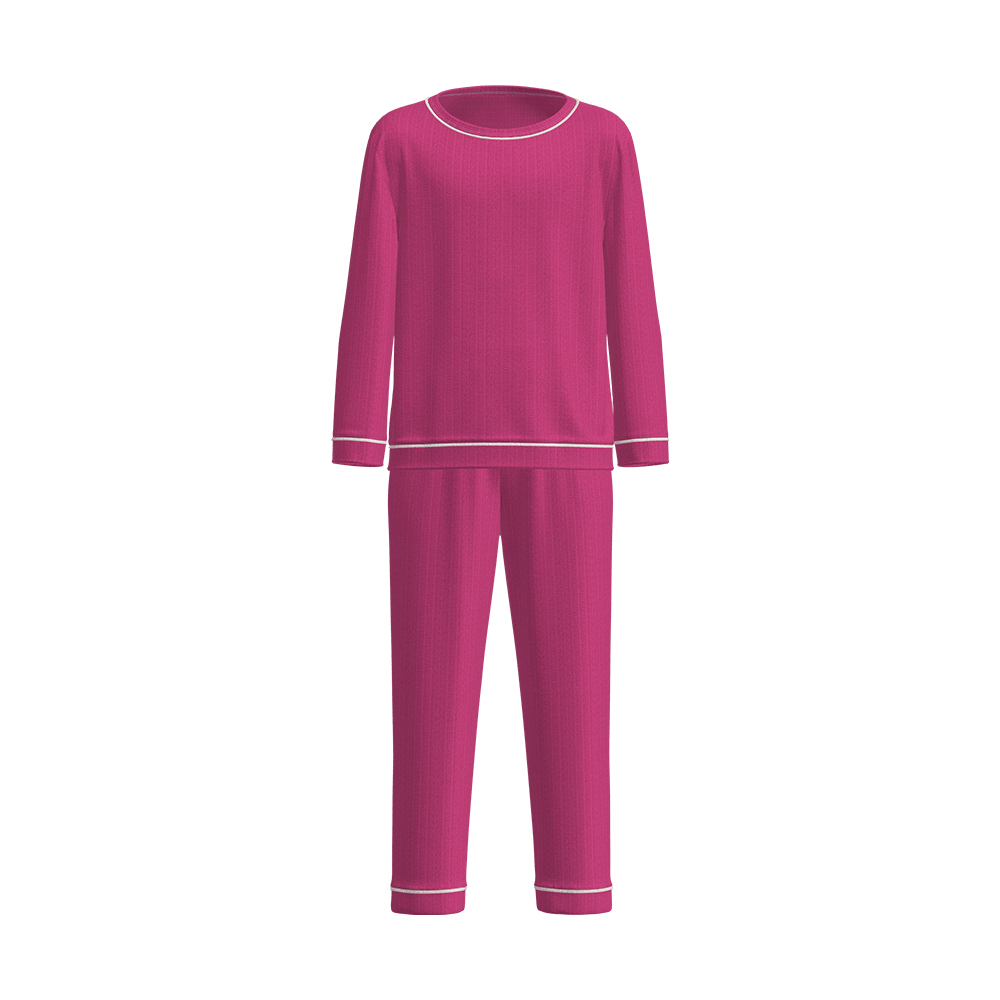

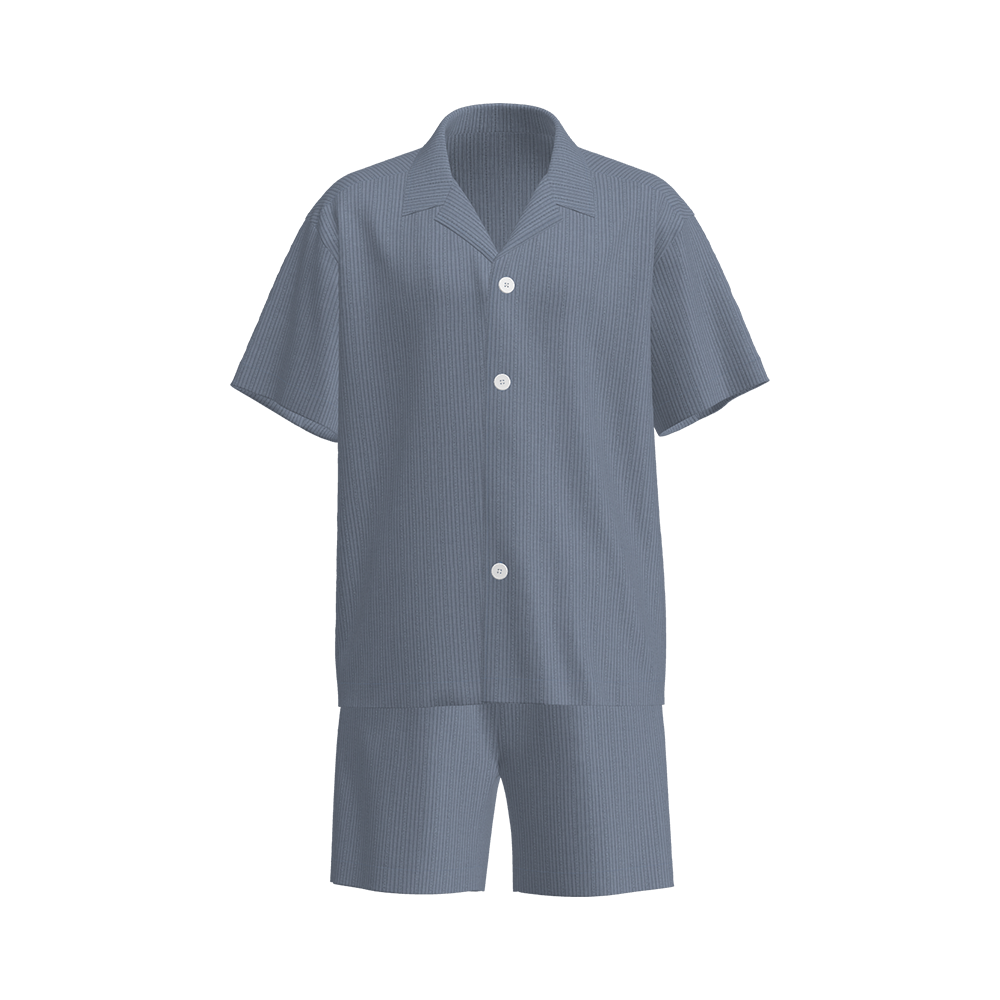









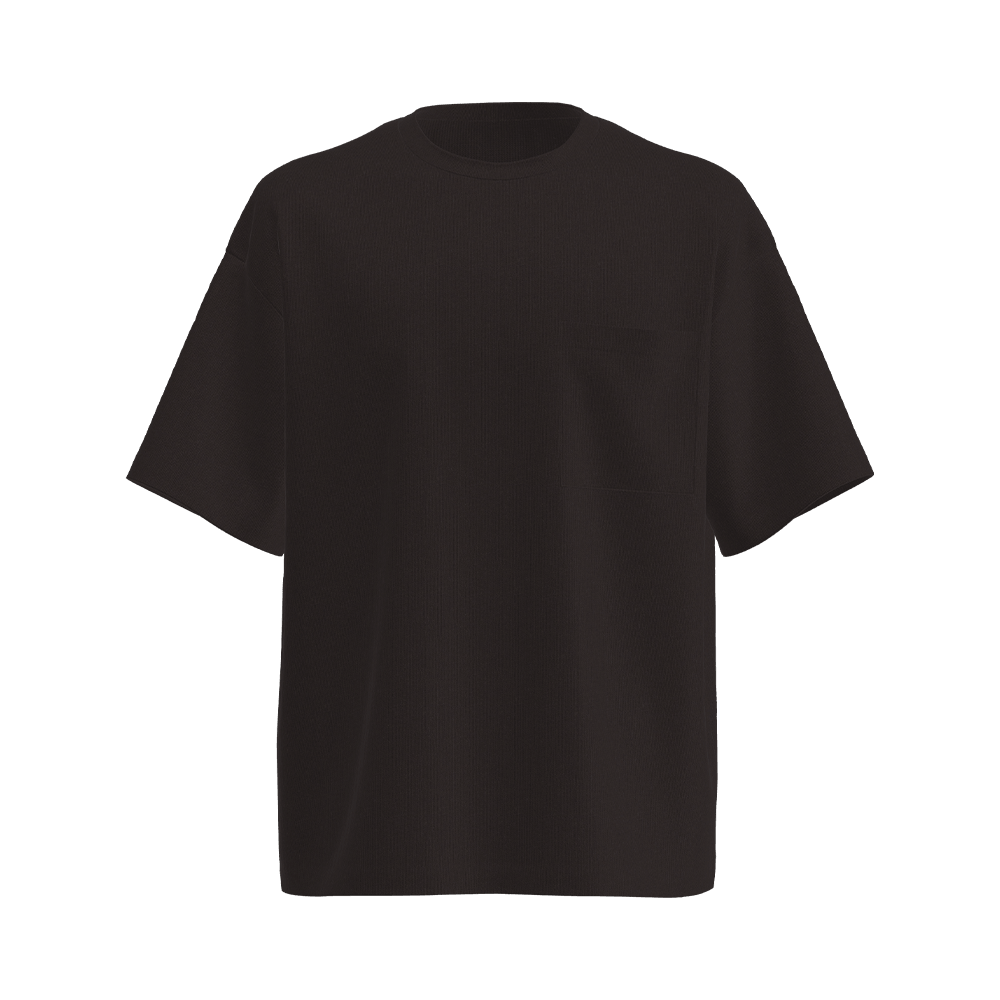
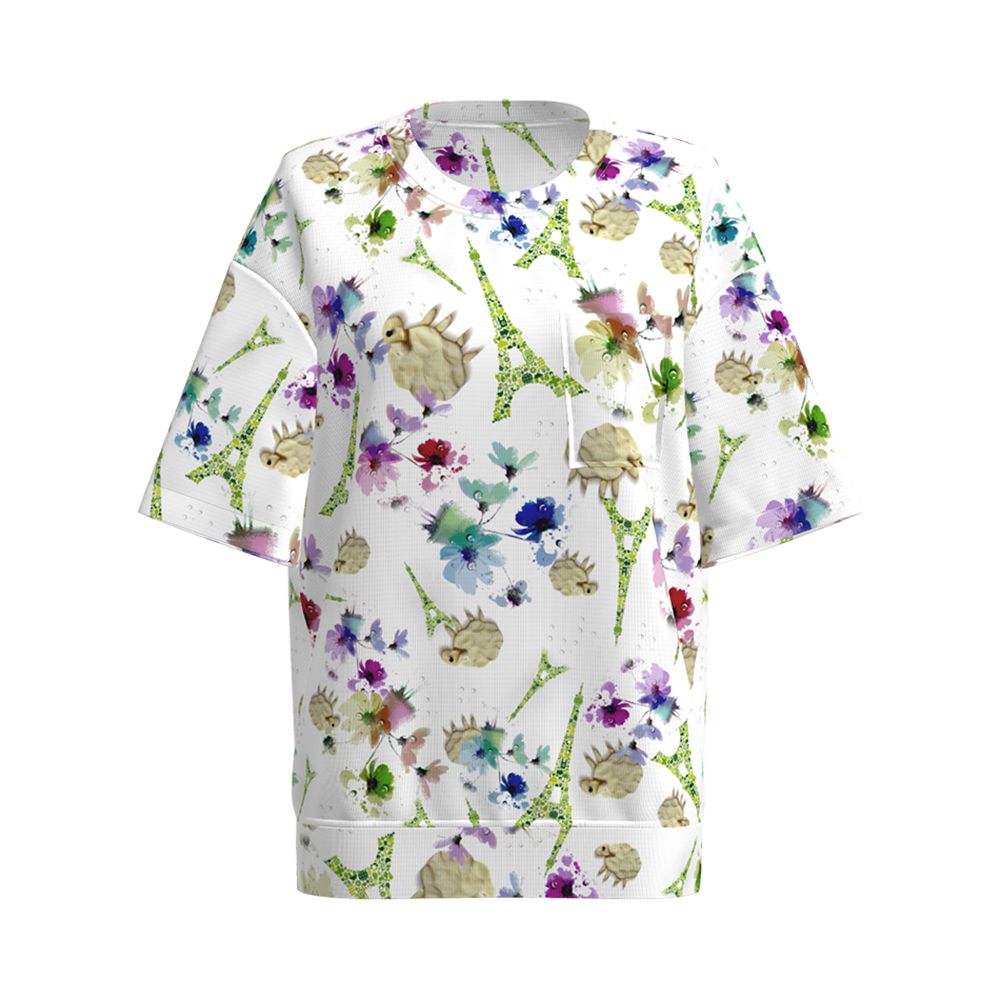
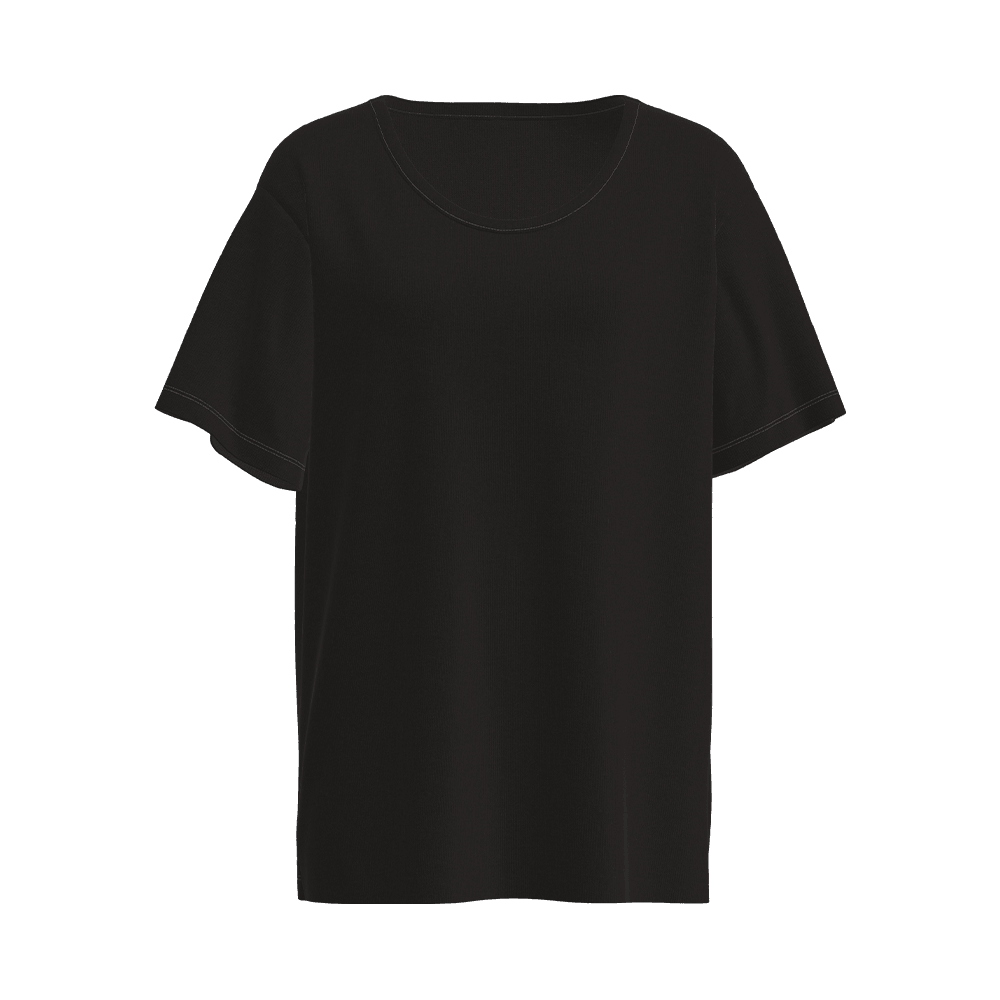



 +86-512-52528088
+86-512-52528088 +86-512-14546515
+86-512-14546515

